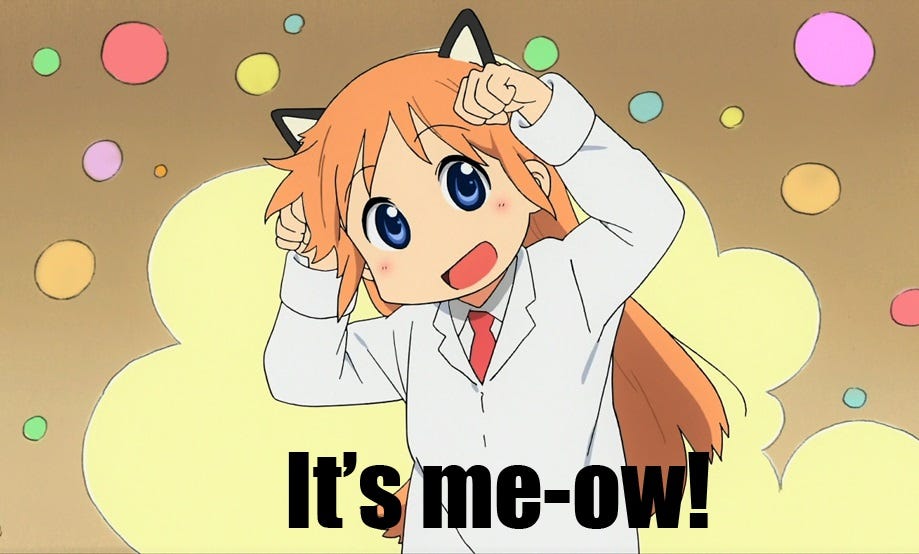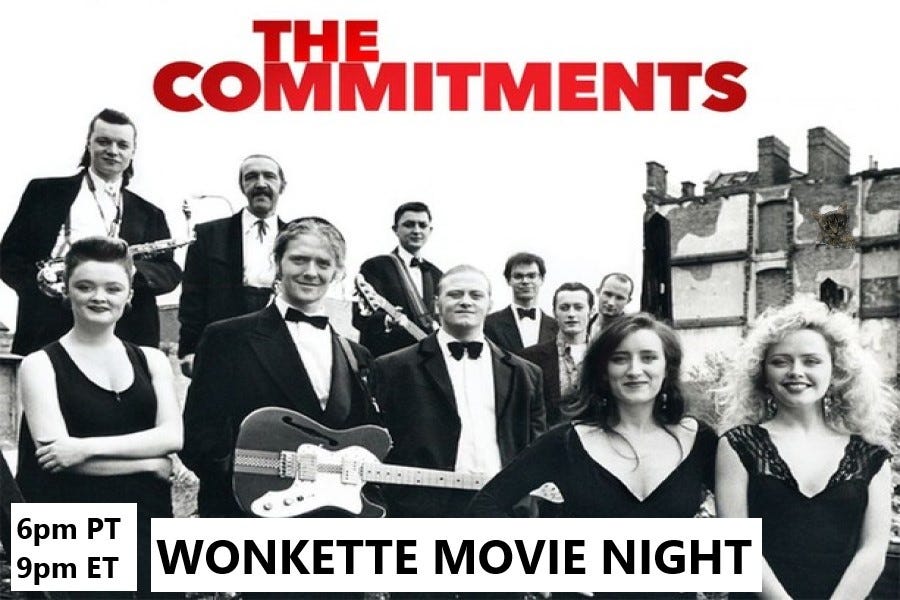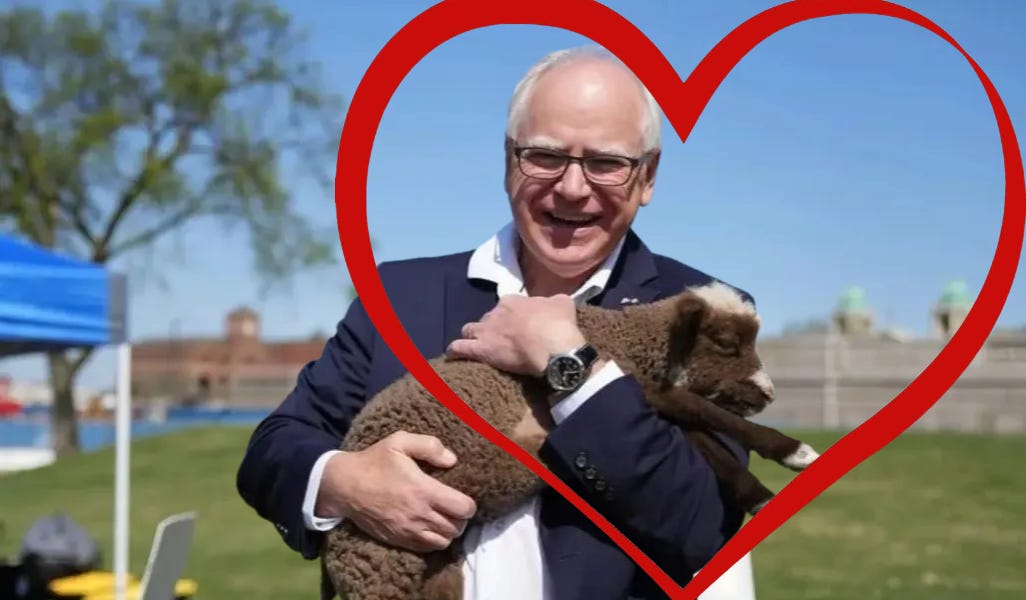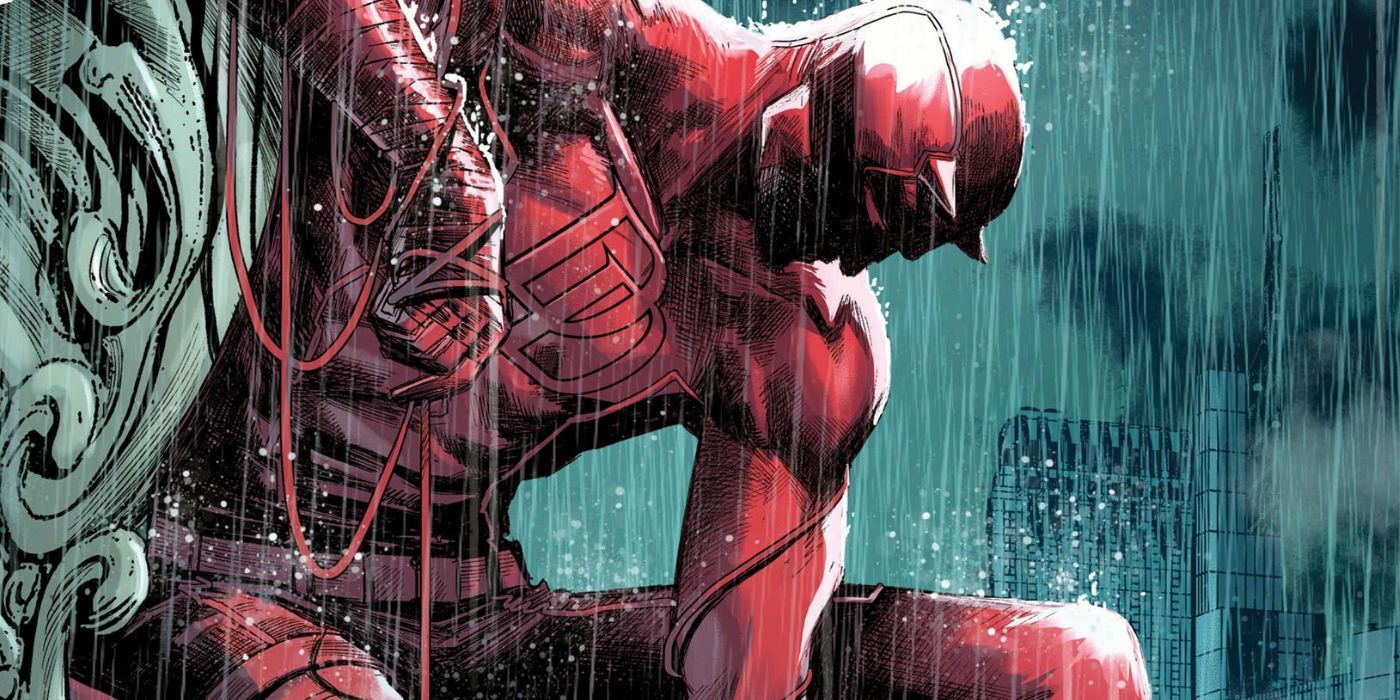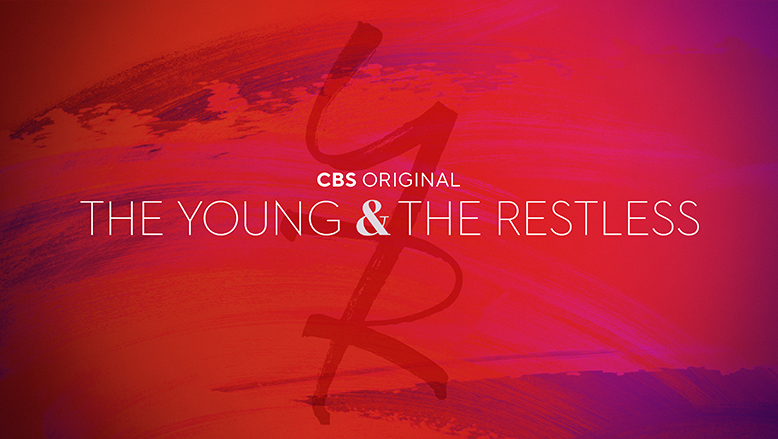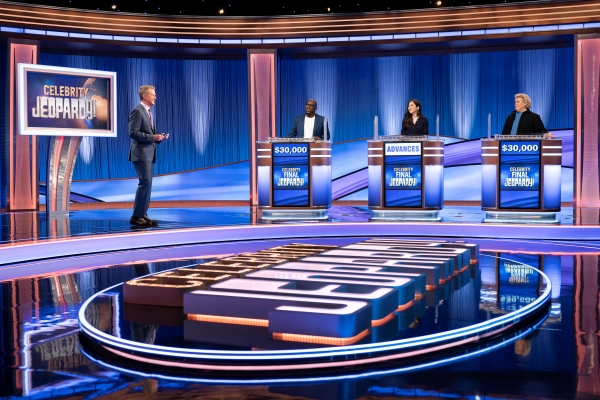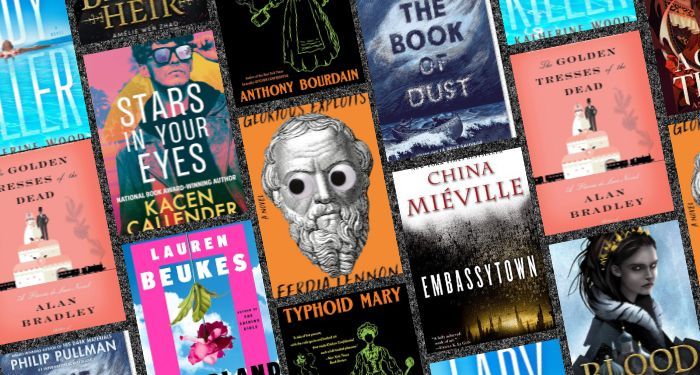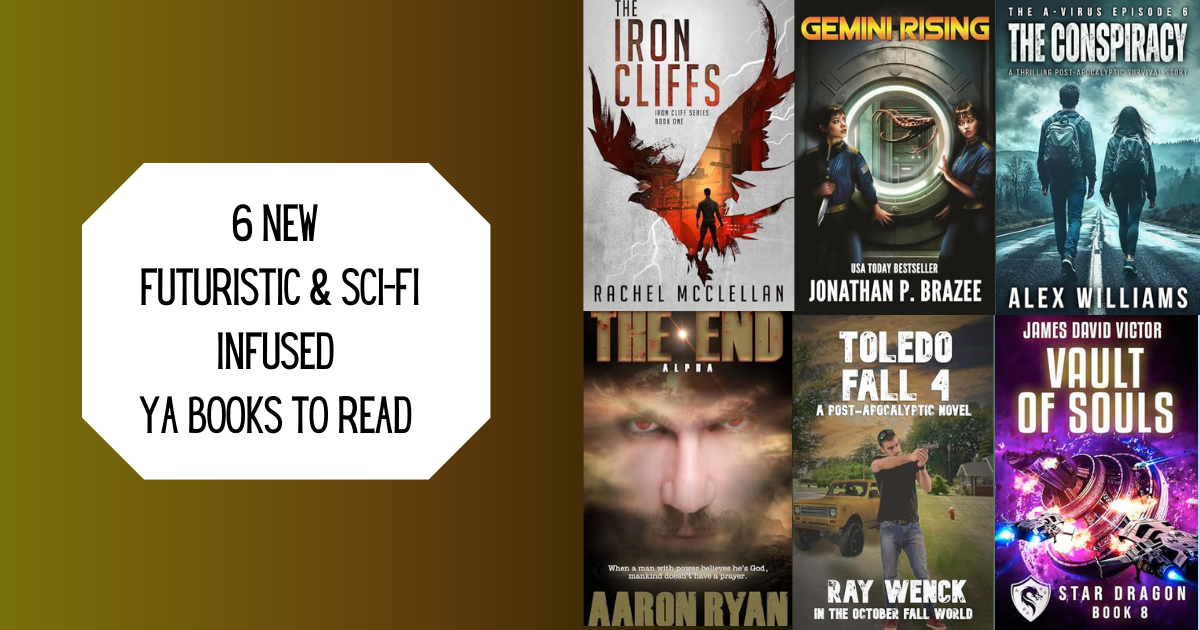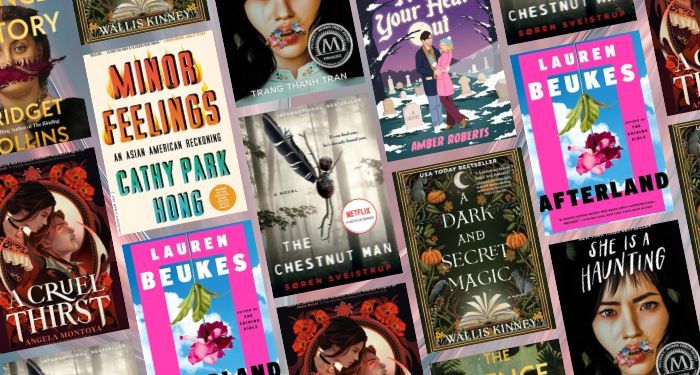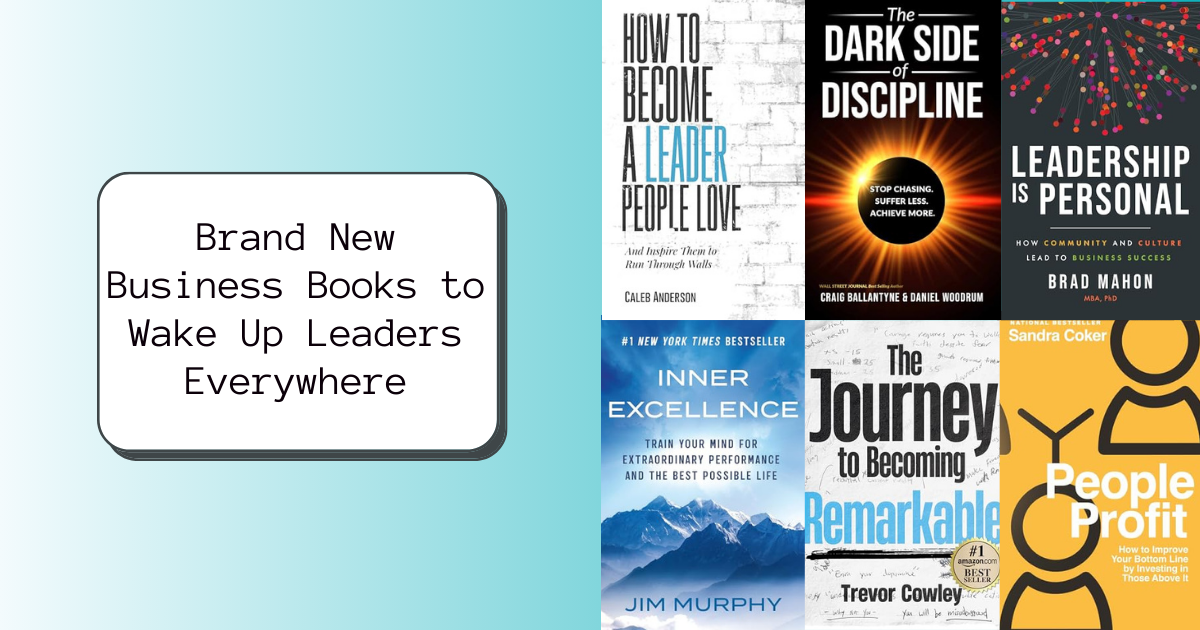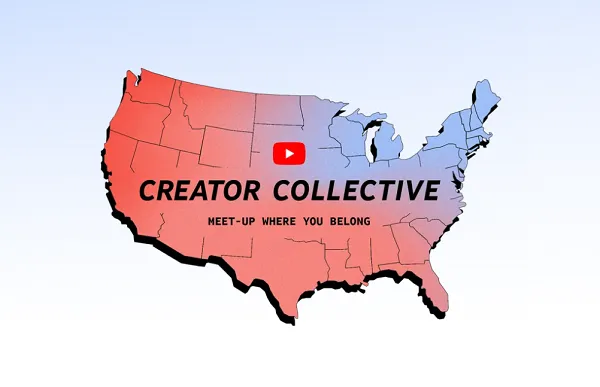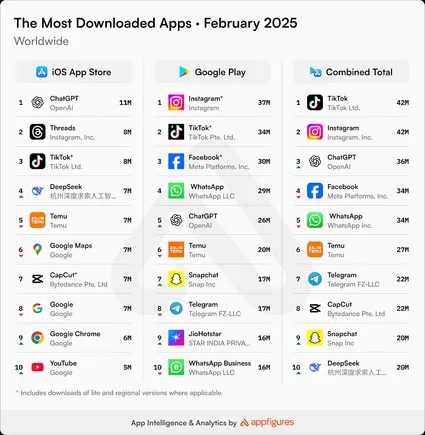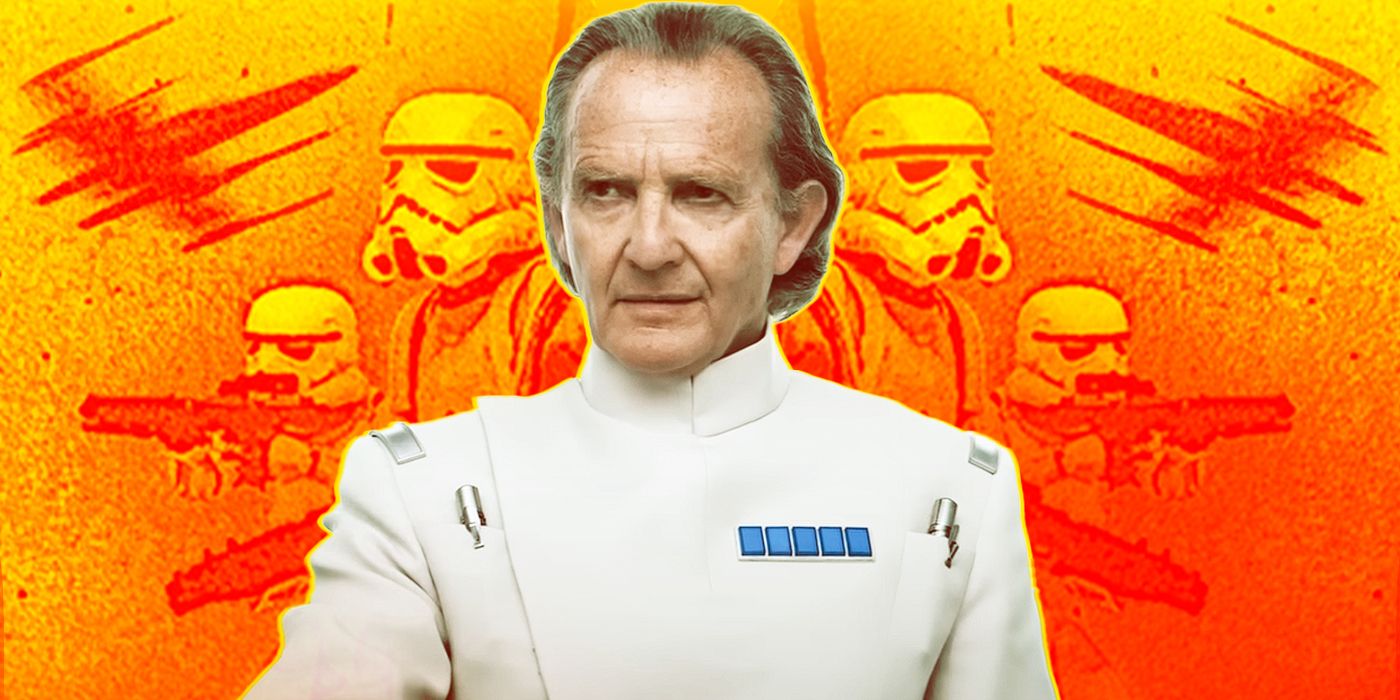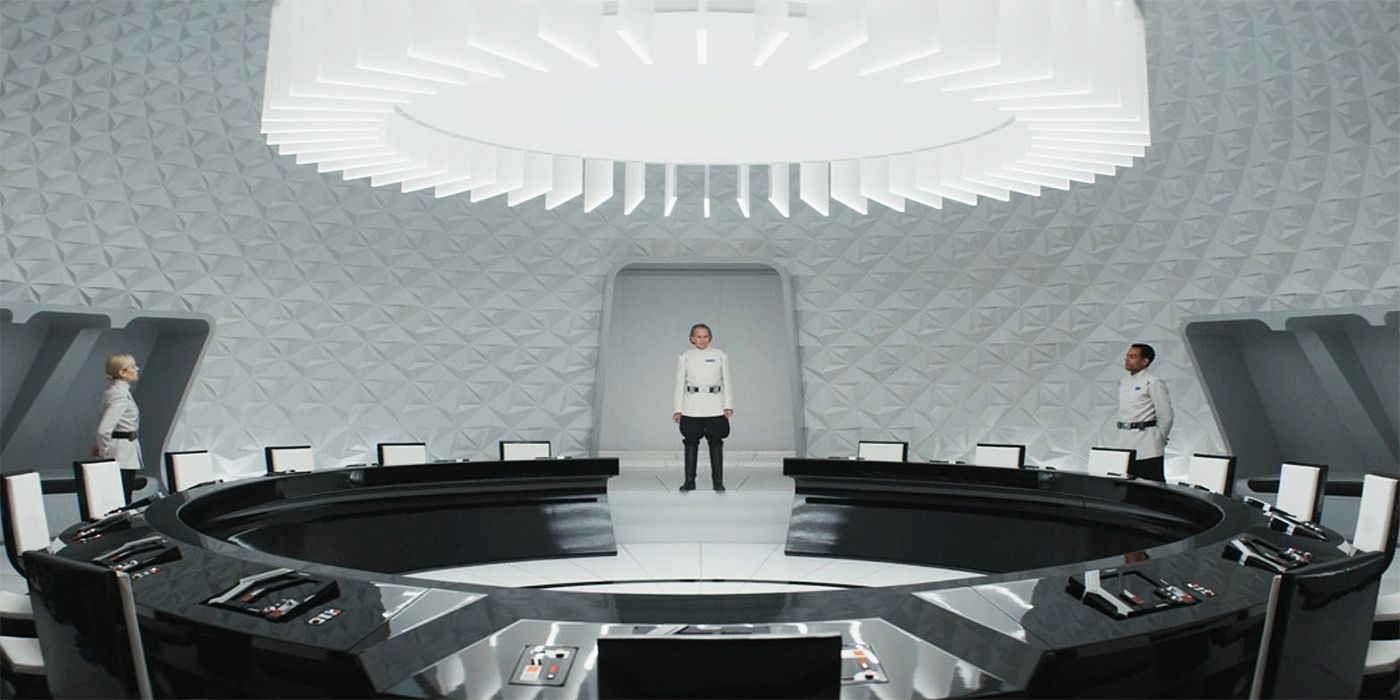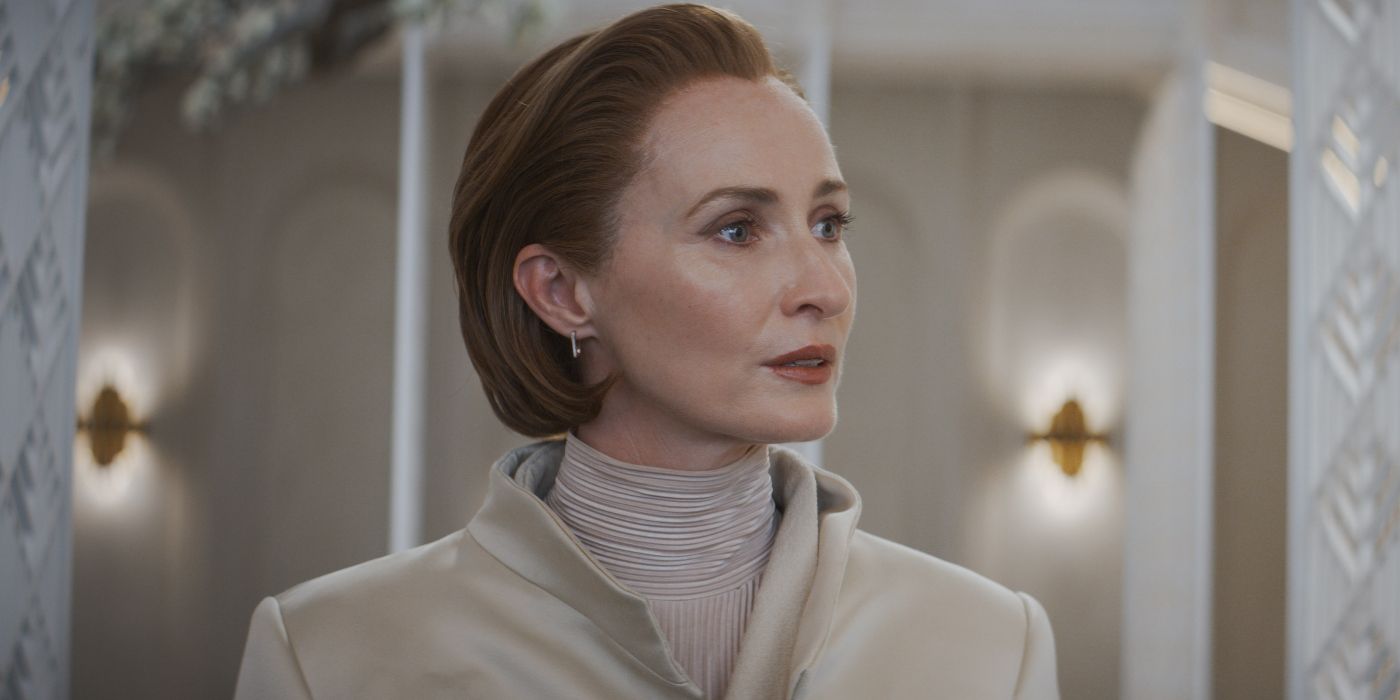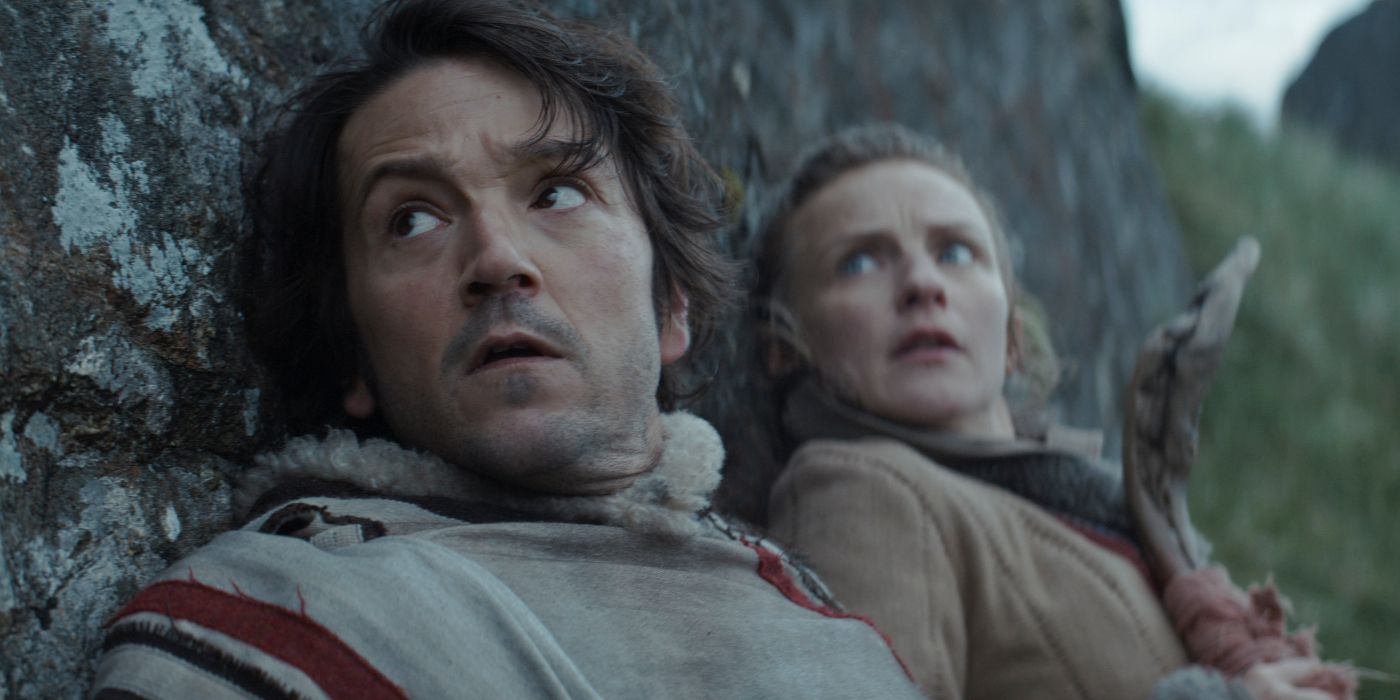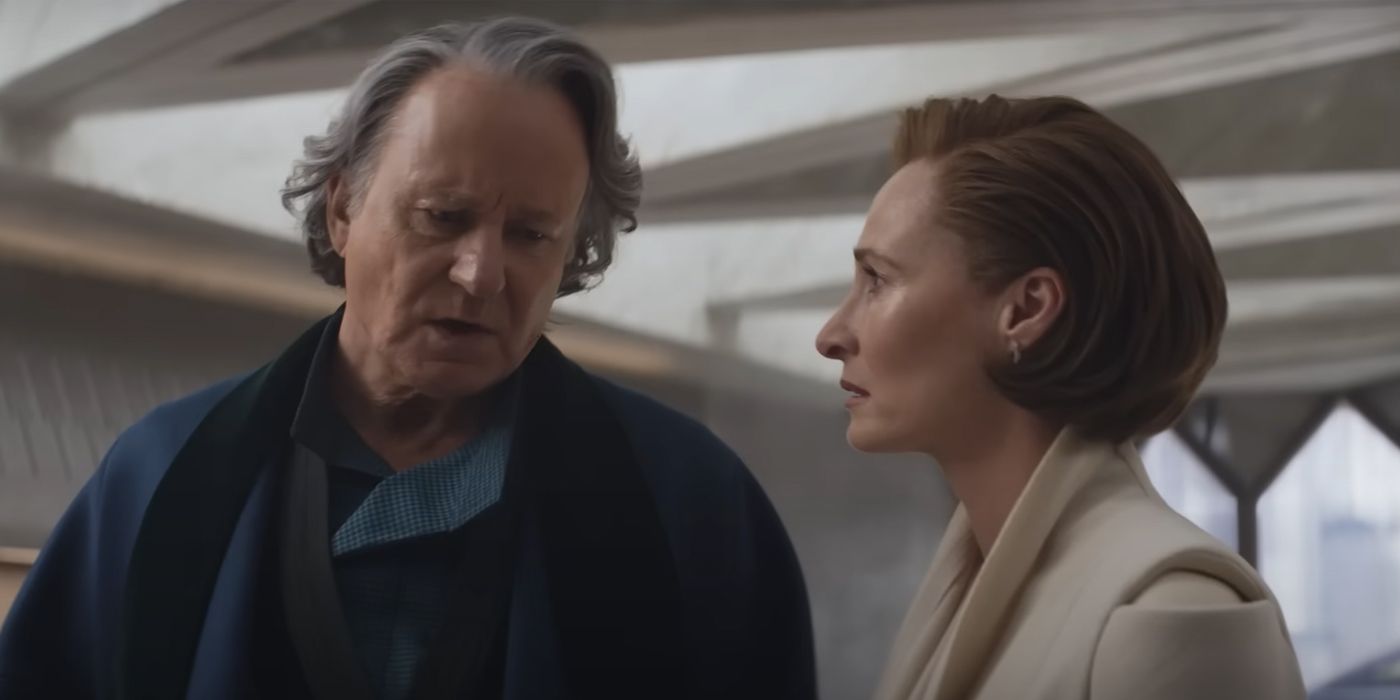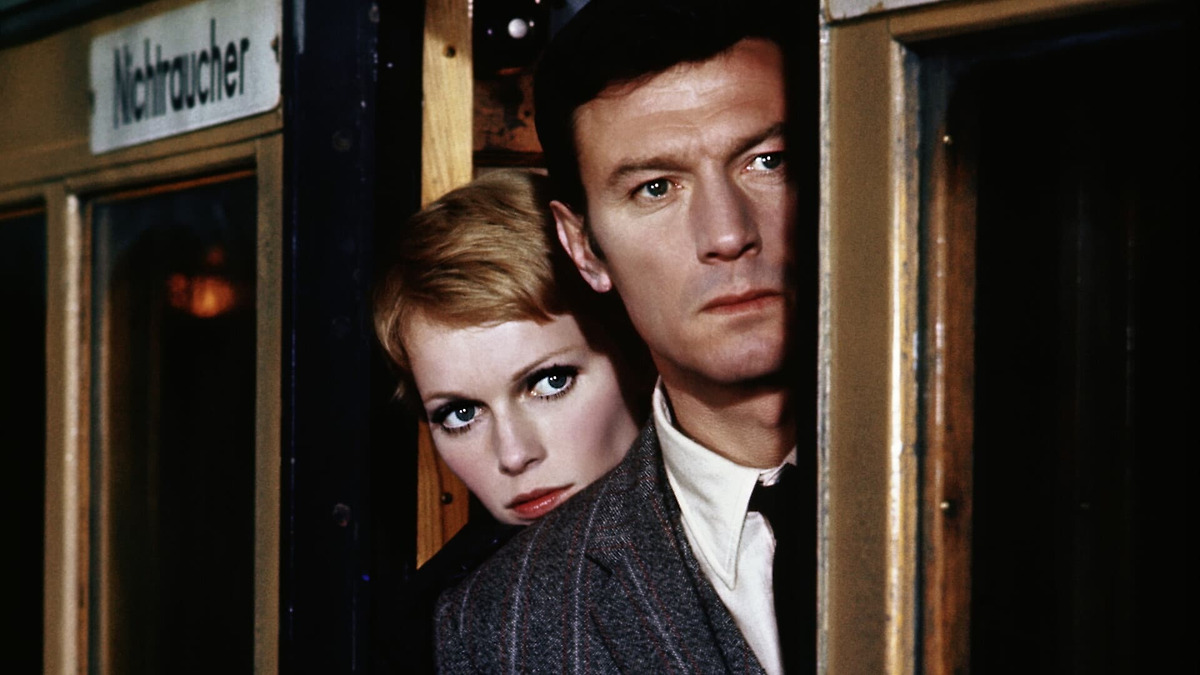Editor’s Note: The following contains spoilers for Episode 4 of Andor.
Not unlike most totalitarian governments, the Empire of the Star Wars universe, in the advent of its rise to power, promised to bring peace and order to the galaxy. As a fascist dictatorship, however, it oversaw a period of ruthless expansion and cruel military directives, maintaining its reign of terror primarily by instilling fear in the hearts of the people.
The Empire committed a number of atrocities which eventually drove their citizens to forming a full-fledged Rebel Alliance, from slavery (which was outlawed by the Republic) to drug trade (the “spice” mined in Kessel was actually a highly addictive drug) to making genocide a part of Imperial military doctrine. In case you didn’t know, the Imperial Military Doctrine, referred to as the Base Delta Zero, is the practice of destroying a planet and exterminating its entire population by means of orbital bombardment.
These are just a few examples of how the Empire, from the moment it replaced the Galactic Republic, has overseen a period of savage and barbarous rule, exterminating, time and time again, entire populations when they could not be forced into meek submission.
Cruelty, however, is not the only thing the Empire is known for. As a force that’s ruled the galaxy for so long, the Empire is anything but orthodox in its methods of maintaining control over the galaxy, especially when it has given its citizens so many reasons to form a unified uprising that could potentially put an end to their rule.
The Birth of the Rebel Alliance
One of the most special things about Andor is that it allows fans to see the revolutionary rebellion in its infancy. While the Alliance to Restore the Republic — the movement’s official name — began long before it became a force to be reckoned with, even before the Galactic Empire left the Galactic Republic in tatters, it officially came into existence when Senator Mon Mothma (Genevieve O’Reilly) fled from Coruscant and found herself welcome in Ghost, Specters’ flagship. There, she made a speech that was broadcast across the galaxy through the HoloNet, announcing the birth of the Rebel Alliance, officially known as the Alliance to Restore the Republic. As riveting as the speech may have been, the Alliance, as is only natural, soon fell prey to general discord and distrust, encouraged, of course, by the Empire. Committing genocide, in the case of the rebellion, wasn’t an option, since the rebels weren’t limited to a single planet. The only option was to encourage the rebels to fight among themselves — a classic strategy known for bringing the strongest of movements down in the blink of an eye.
Were the Freedom Fighters Ever Really United?
Seldom, if at all. Star Wars had formally painted the Rebel Alliance as a group of zealous freedom fighters, forever in cahoots no matter how unpropitious the circumstances. But the new addition to the franchise reveals just how divided the movement really was. Thanks to the seeds of mistrust and misgivings sowed by the Empire, the Rebellion, as Cassian (Diego Luna) finds out in Andor, could never stand as a united front, at least not until Luke Skywalker sweeps in to end the tyranny of the Sith.
How Did The Empire Prevent A United Uprising?
Given that insurgence is inevitable when a totalitarian government takes over and wreaks havoc across the galaxy (quite literally in the case of Star Wars), the Empire was not at all oblivious to the Rebellion brewing in the hearts of its citizens. Since it could hardly kill every being in the galaxy, the Empire employed the incredibly effective and essentially timeless divide and rule policy to ensure a united and hence unstoppable uprising. Leaving spies in every corner of the galaxy, it encouraged dissent and discord among the rebels, so much so that what was supposed to be a movement to restore peace disintegrated into several factions. From Mon Mothma’s loyalists to the Atrivis Resistance group to the Partisans and Separatists, the movement became so fractionated that it could hardly be seen as an alliance at all.
The Battle of Mimban: An Example of the Empire’s Divide and Rule Policy
In Episode 4, when being offered a lucrative, not to mention meaningful, job by Rael (Stellan Skarsgård), which Cassian turns down rather insensitively, he allows viewers a glimpse into his tragic past, revealing his stance on the strength of the Empire – that it is simply unbeatable, and any attempts at subduing the Imperial forces would be absolutely futile. He then makes a passing reference to his time spent on Mimban. Though he was merely a cook, having enlisted as an ambitious teenager, Cassian was forced to participate in a battle that, unbeknownst to all the parties involved, was encouraged by the Empire to cause a rift among the rebels. At this point, the rebels hadn’t even formed a formal organization. The fact that the Empire could go so far as to instigate a battle and cause a full-fledged carnage to prevent the rise of a unified force shows just how resourceful it was, given that the rebels were not even working as a formal movement at this point. Having witnessed a futile battle that only served the purpose of the Empire, Cassian, not without reason, seems to harbor a resigned attitude toward his oppressors, though Rael successfully appeals to his deep-seated hatred for the Empire in an attempt to recruit him for the job.
The Battle of Mimban was first covered in Solo: A Star Wars Story, which revolved around Han (Alden Ehrenreich), who enlisted as an Imperial Soldier. Like Cassian, Han soon realized the battle was a guise of sorts and joined Tobias Beckett (Woody Harrelson) after escaping Imperial Imprisonment with Chewbacca.
Does the Alliance to Restore the Republic Ever Recover From the Discord Instilled by the Empire?
The factions created amongst the Rebel Alliance would hardly dissolve, if at all. The Rebellion would, however, eventually emerge as a united front, thanks to Mon Mothma, Bail Organa (Jimmy Smits), and Ahsoka (Rosario Dawson) uniting the fractionated alliance despite their main differences. The new addition to the Star Wars Universe seems to dive deep into the early stages of the Alliance, allowing fans to see, perhaps for the first time, just how difficult the Empire made it for the rebels to survive as a movement.








